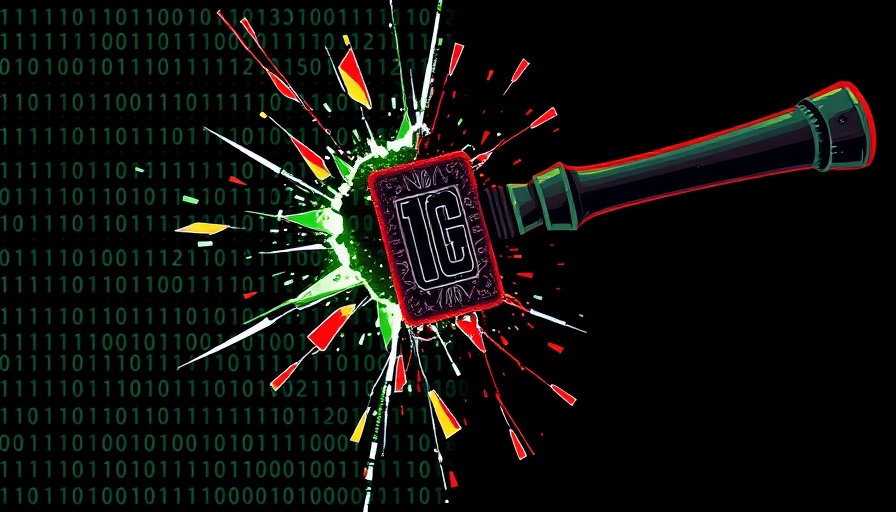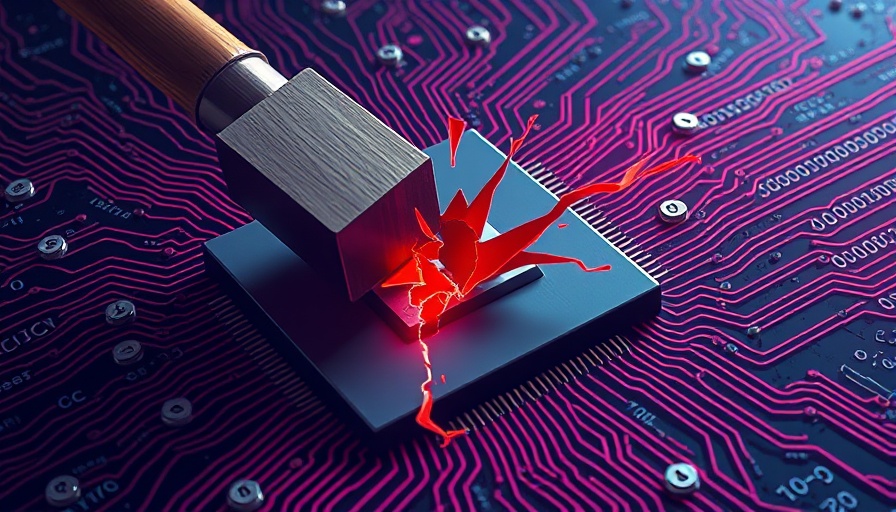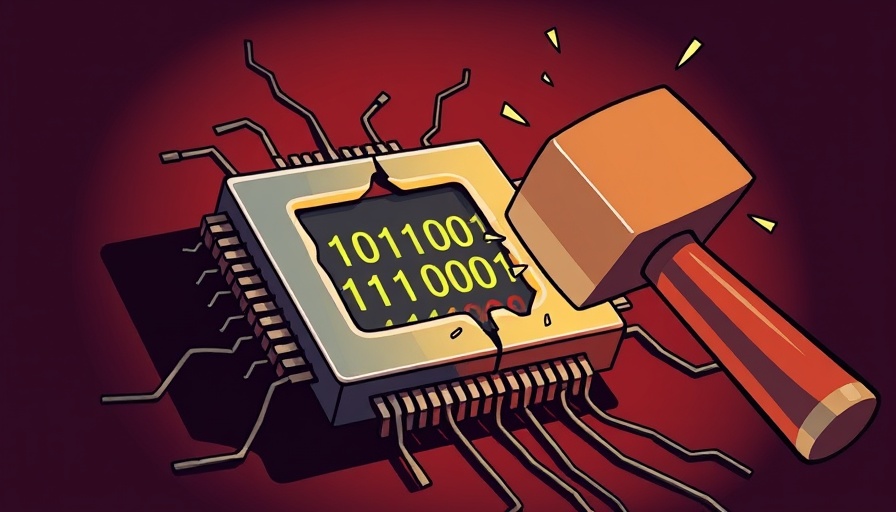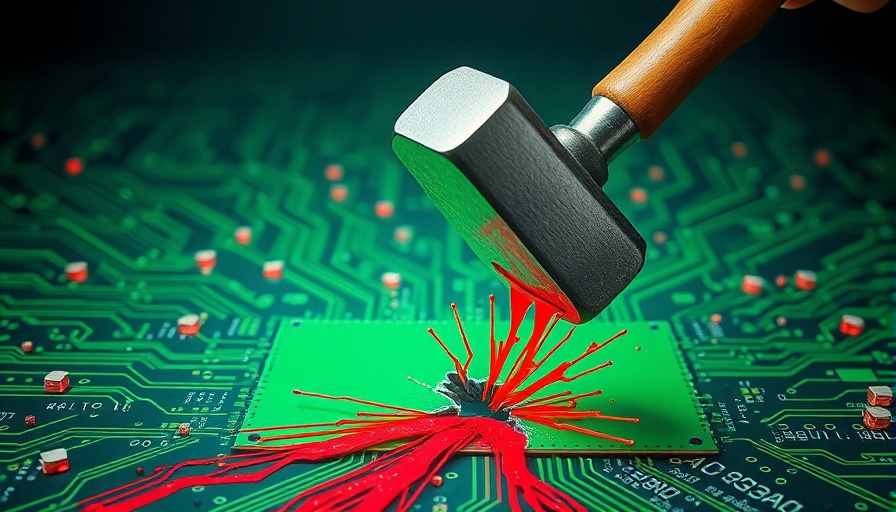
Understanding GPUHammer: The New Threat
The new attack vector, known as GPUHammer, has emerged as a significant concern for developers working with artificial intelligence models on NVIDIA GPUs. This variant of the classic RowHammer attack manipulates memory states to induce flaws in AI applications, posing a challenge for tech firms aiming to ensure reliability and accuracy in AI systems.
The Mechanics of the Attack
Understanding how GPUHammer functions is essential for grasping its implications. Traditionally, RowHammer exploits the physical properties of DRAM, where frequent access to specific memory rows can inadvertently alter adjacent rows. GPUHammer extends this by targeting the memory configurations of CUDA-enabled NVIDIA GPUs, introducing instability that can lead to erroneous outcomes in AI model predictions.
The Broader Implications for AI Development
This vulnerability raises critical questions about the cybersecurity of AI systems. As organizations increasingly rely on AI for decision-making, the lack of safeguards against such attacks could lead to severe consequences, including compromised data integrity and diminished trust in AI-generated results. Thus, understanding and addressing these threats not only protect technologies but also safeguard consumers against potential misinformation derived from flawed AI outputs.
Steps to Mitigate Risks
To counteract the risks posed by GPUHammer, developers should prioritize implementing robust security protocols. Regular updates to GPU drivers and employing error-correction techniques can help strengthen defenses against memory corruption. Furthermore, conducting comprehensive security assessments on AI systems will ensure vulnerabilities are identified before they can be exploited by malicious actors.
Conclusion: Staying Ahead in Cybersecurity
As cybersecurity threats evolve, staying informed is crucial. Understanding GPUHammer and its implications can help organizations bolster their defenses against memory-based attacks, ultimately enhancing the reliability of AI technologies. Organizations must remain vigilant and proactive in establishing comprehensive security measures to protect their digital assets.
 Add Row
Add Row  Add Element
Add Element 


 Add Row
Add Row  Add
Add 

Write A Comment